When changing careers to get into tech, having a portfolio of published projects can make a huge difference during the job application process.
Making this possible is General Assembly’s hands-on and project-based learning model. Throughout the program, students are challenged to build solutions to real-world client problems using the skills they learn at the General Assembly bootcamp. This culminates in a capstone project that reinforces their mastery of the material learned and prepares them for the workplace.
Read on as we take a peek at some of the exciting projects that General Assembly students have built.
General Assembly is dedicated to equipping its students with in-demand core skills in software engineering, UX design, data science, and digital marketing.
Find a General Assembly course that fits you.5 Innovative General Assembly Student Projects
1. Golnoosh Sheikhi: Designing a Dyslexic-Friendly Website
- Course: UX Design Immersive
After losing her job due to the pandemic, Golnoosh Sheikhi took the chance to pivot from a sales consultant to a UX designer with the help of General Assembly. This proved to be an excellent learning experience, as she found herself working on projects directly with actual clients.
The Challenge
Bree Murphy, founder of Literacy Expanded—a company offering tutoring services to dyslexic students, was struggling to grow her business.
Golnoosh says, “Bree was trying to establish her brand, get more leads, and expand her business. But her main channel at the time was Facebook. We also learned that she already had a website [albeit lacking in content and design], so we thought that the best thing to do was to redesign it.”
The Solution
Often a sensitive topic among parents, there are a lot of misconceptions about dyslexia. So, the website was designed to reflect the three pillars of Literacy Expanded: education, tutoring, and advocacy.
Among the key changes implemented was for the website to include more resources about dyslexia. Social media integration was also crucial in creating accessible online touchpoints, making information sharing easier.

Further fostering parents’ trust, the team created a page showcasing the tutors and their backgrounds. Testimonials were moved to the front page, and the values of Literacy Expanded were explicitly highlighted for more visibility.
Golnoosh adds, “Through our user research, we learned that dyslexia is a genetic disability—meaning the parents [of dyslexic individuals] might have dyslexia, too. So that gave us an idea to create a website that is actually for dyslexic parents.”
Golnoosh and her team ensured that the website uses elements that are unobtrusive and readable. The new website adapts a cleaner layout, uses large and dyslexia-friendly sans-serif fonts, and avoids all caps, italics, and underlined text.
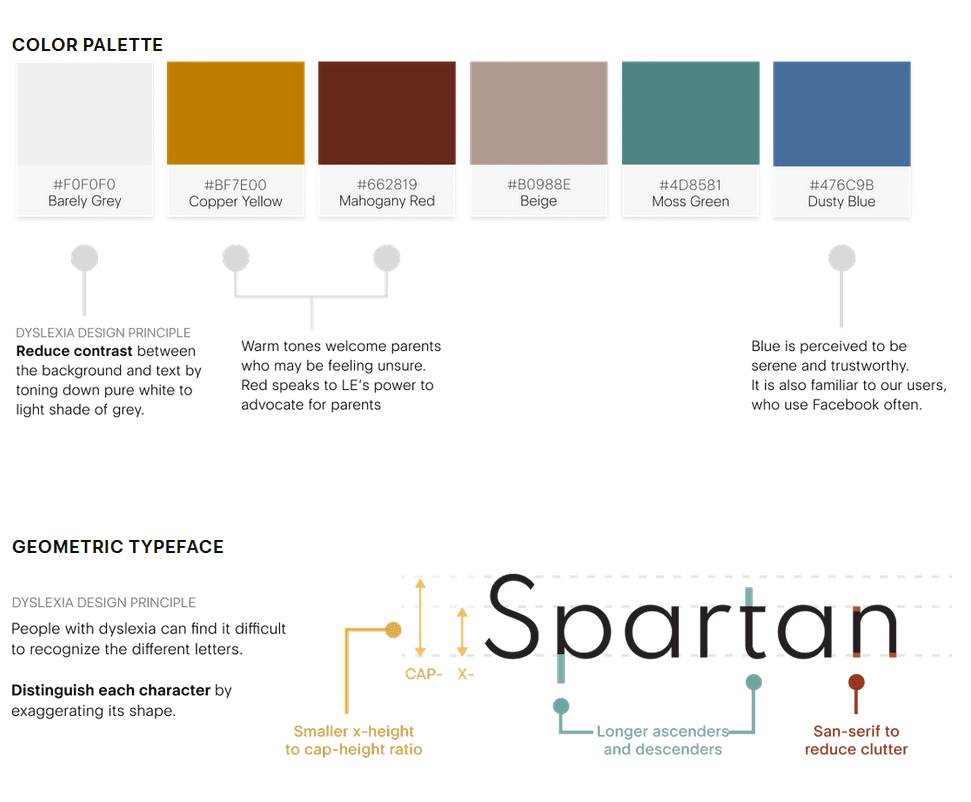
The website’s overall design evokes warmth with its choice of color palette, cheerful photos of children and the Literacy Expanded team, robust and readable information, and an easy-to-follow sitemap. These elements created a welcoming space for the users.

The Result
Golnoosh shares, “I absolutely enjoyed working with my client and contributing to her goal of helping dyslexic children.” The redesigned website was a success, gaining a 206 percent website traffic increase and a 32 percent increase in session length.
Aside from the technical know-how that General Assembly instills in its students, the bootcamp also teaches them the values of empathy and collaboration. These proved pivotal to Golnoosh and her team’s success in the project.
2. Mikias Wondyfraw: Improving an E-commerce Grocery Store Website’s UX Design
- Course: UX Design Immersive
With a degree in philosophy, Mikias Wondyfraw hoped to work as a lecturer at a community college. However, with the pandemic-induced disruptions in the job market, Mikias decided to shift direction and give the tech industry a try.
Mikias says, “For a while, I didn’t know which career direction to take given my background. But I learned about UX design, got more interested, and I ended up enrolling at General Assembly.”
Mikias discovered that through UX design, he could apply his knowledge in philosophy by designing ethical digital products.
The Challenge
Mikias discovered the Green Earth Natural Foods grocery based in San Francisco. The local grocery was dependent on its physical store and expressed interest in expanding its reach online.
Mikias’ first iteration for the grocery was to design and launch its official ecommerce website. However, Mikias wanted to add more functionality, refine its design, and make it accessible for the majority of the grocery’s customers who are seniors. Mikias shares, “The problem was how to keep the current features of the website, but add new materials, and still make it easily accessible, specifically with ordering from the grocery.”
The Solution
Mikias started with integrating features that can make the website convenient. The website showcases an informative catalog, including where the goods are sourced. The ordering system on the website is also straightforward, complete with billing and payment forms. And finally, a highly visible customer support button to help with technical issues and other concerns.
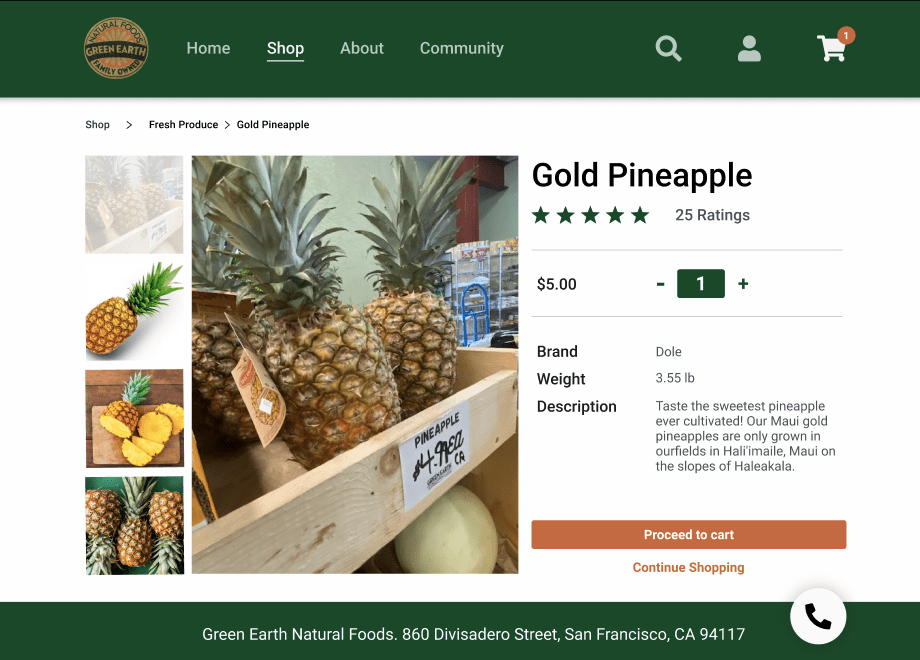
The Result
Mikias’ no-nonsense yet aesthetic UX design flow made the grocery website easy for senior users to navigate. In effect, the website successfully encouraged users to engage more and make a purchase.
Mikias reflects, “[I developed] a desire to improve things while working on this project. You don’t just say, ‘I’m done with the website,’ especially for a store [website] that continuously needs to be updated, according to the feedback and suggestions of users.”
His fascination for user research, learning what makes users tick, and building an ethical product around their needs cemented his interest in UX design. Mikias says, “I think that designers, researchers, and programmers should have some sense of moral responsibility. This is important because you want to make sure that whatever you design is accessible to people from all walks of life.”
3. Meryl Duff: Unboxing the Hidden Victims of COVID-19 in US Prisons
- Course: Data Science Immersive
Meryl Duff is no stranger to the world of data. Having worked in data analytics in several industries for years, Meryl wanted to tap her potential and level up to data science.
She says, “I felt more excited about troubleshooting data issues, building data, creating information, and [collaborating with others who] may have different perspectives.” This convinced her to join General Assembly’s Data Science Immersive Bootcamp.
For her capstone project, she chose to tackle COVID-19 issues in the US criminal justice reform system. She explains, “While my original thought [for the project] was not necessarily [focused on] COVID-19 cases in the US prisons, I reconsidered as it was something that hasn’t been done before.”
The Challenge
The COVID-19 pandemic quickly spread across the globe, pushing everyone to take solace at their own homes to avoid the deadly virus. However, hidden behind guarded walls were inmates unable to protect themselves, receiving little to no aid. According to The Marshall Project, one in every five prisoners contracted the virus.
The data sets for Meryl’s project were all sourced from the data collected by The Marshall Project and The Associated Press. This was a robust data system that tracked COVID-19 cases across the United States. Meryl adds, “The prisons weren’t always honest with their numbers. Your algorithms could be great and your coding could be top-notch, but if your data is corrupt, it presents a huge problem to your analysis and presentation.”
The Solution
Given the slightly inaccurate dataset, Meryl decided to use the most robust data available, which was from the state of New Jersey. With the help of General Assembly instructors and using the techniques she learned at the bootcamp, Meryl created a linear time regression with one lag to improve the linear model performance.
Meryl shares, “I really wanted to get the data visualization correct and use Tableau to figure it out.”

The Result
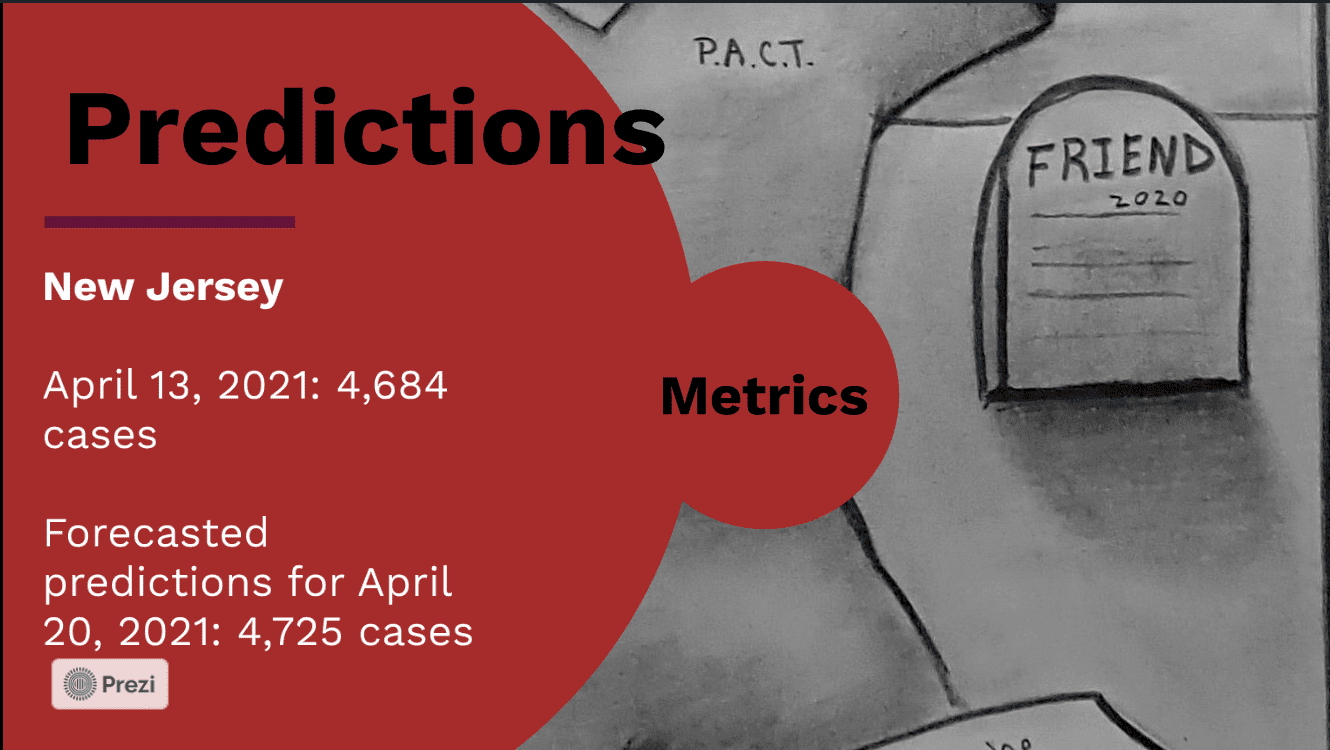
Meryl’s project presented and forecasted data of positive COVID-19 cases for New Jersey. Moreover, it shed light on the health condition of incarcerated prisoners in the US.
Meryl’s experience at General Assembly redirected her career path toward healthcare. She is currently working as an associate data analyst for a top pharmaceutical company. She shares, “The project helped me open my eyes to a totally new industry, which is healthcare. So now, I work in clinical trials, which feels good knowing that I can do good in the world.”
4. Kayla Luebke: Creating a Personalized Music App
- Course: Visual Design
A graphic designer, Kayla Luebke, felt that the knowledge and skills that she gained from her job were not enough to remain competitive. To succeed in her field, she knew she needed to rebuild her foundation and what she knew about design.
Her pursuit of career development was welcomed at General Assembly where she took the Part-Time Visual Design course. Kayla shares, “All the experience I had in graphic design was from my previous jobs. I was feeling stagnant at the time and I wanted to take an actual design course to refresh my design process.”
The Challenge
For her capstone project, Kayla decided to re-invent the fictional music streaming app, BeatbBox. Kayla’s interest in music and interesting creative background steered her toward the app. She needed to iterate a design that would appeal to the male audience, highlighting easy-to-use and trendy features.
The Solution
Kayla explains, “I created the project design for the app. The app was for people who were looking to discover new music. [By integrating] personalized quizzes within the app, it can suggest different music that users could listen to [depending on their answers].”
Given the app’s target market, Kayla decided to backdrop the UI design against an urban vibe with a dash of retro. Kayla shares, “My challenge was to make [BeatBox] stand out from other music apps. I feel like every streaming service looks the same.”
The modern retro aesthetic of the app gave BeatBox a nostalgic yet youthful feel, making it unique and appealing to its audience. It incorporated bold and neon colors, an on-brand logo design, and a UI layout that is easy to navigate. Kayla adds, “I wanted it to look like an overpriced apartment, something that you would love to rent in the city.”



Kayla’s experience working on BeatBox and her training at General Assembly helped her refine her design process, a creative development that will benefit her career in the long run.
“General Assembly teaches you how to create a mood board and how to go through creative briefs and pick out the important keywords to guide your design,” she shares, “They also teach you how to slow down, sketch, and take your time.”
5. Joshua Leibow: Building the Data Model for a House Price Predictor App
- Course: Data Science Immersive
Burnt out from his job as a naturopathic doctor, Joshua Leibow explored a career path that allowed him to be more creative while still leveraging his analytic skills. He found this in data science, prompting him to enroll in General Assembly’s Data Science Immersive course. Among his projects was an Ames house pricing predictor app.
The Challenge
Ames, Iowa, is home to thousands of residential properties for sale, making it difficult for interested investors to filter properties that match their requirements. Through SEMA technology, a house price predictor app could help real-estate investors skip the guesswork and make the right decisions. The best way to build an effective app is to integrate machine learning into it.
“The main focus of the project was ultimately to do linear regression techniques for machine learning,” Joshua explains.
The Solution
Through data visualization and exploratory data analysis, Joshua was able to find the variables that can affect house prices. Among them was the correlation between the year the houses were built and their overall quality. Joshua explains, “I found that the homes built after 1980 had better quality, nicer materials and were more aesthetically pleasing than the older homes built in the 1960s.” That said, modern houses have a higher value.
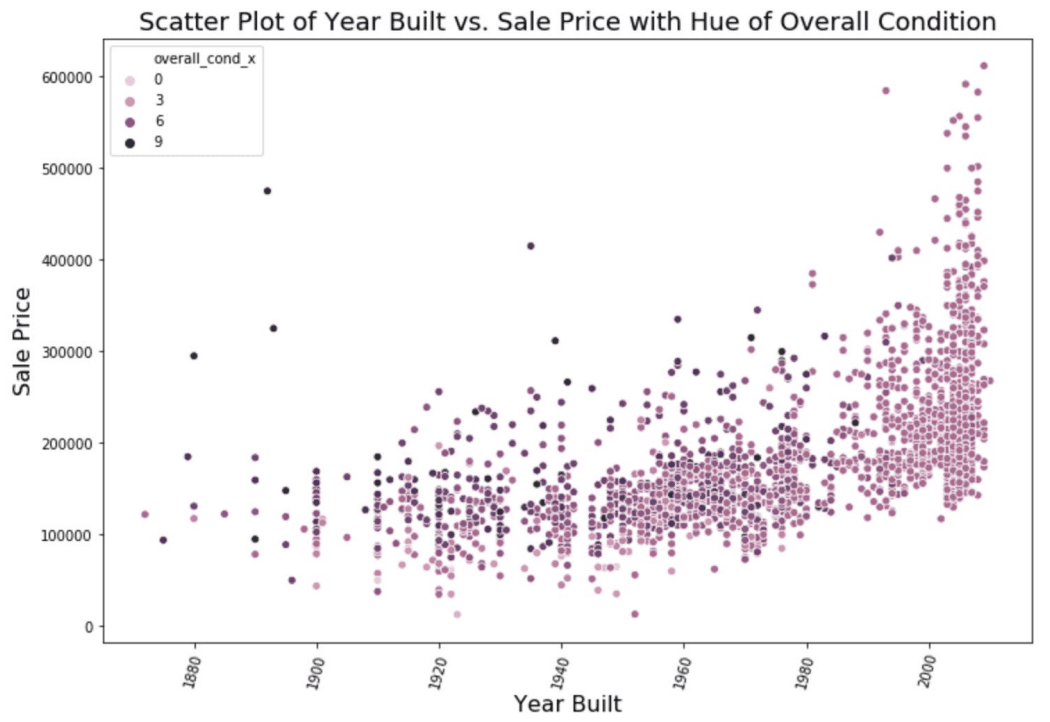
Another significant finding was how garage sizes also impact property valuations. Joshua shares, “I plotted the garage sizes of different homes in Ames, Iowa using a swarm plot with three other variables. You can see the value of a home just based on that. I wouldn’t have expected garages to be a big deal. However, when you combine these variables and use machine learning, the model gives you the most approximate price.”

The Result
Joshua’s data model enables the app to predict a residential property’s price of $21,873 more or less than its true value, making it a powerful tool with a huge potential for similar use cases across the United States.
His experience working on the project made him realize the importance of data science. Joshua adds, “The opportunity to explore data and see if I could find anything unique or different than anyone else was the highlight of the project.”
From the Bootcamp to the Real World
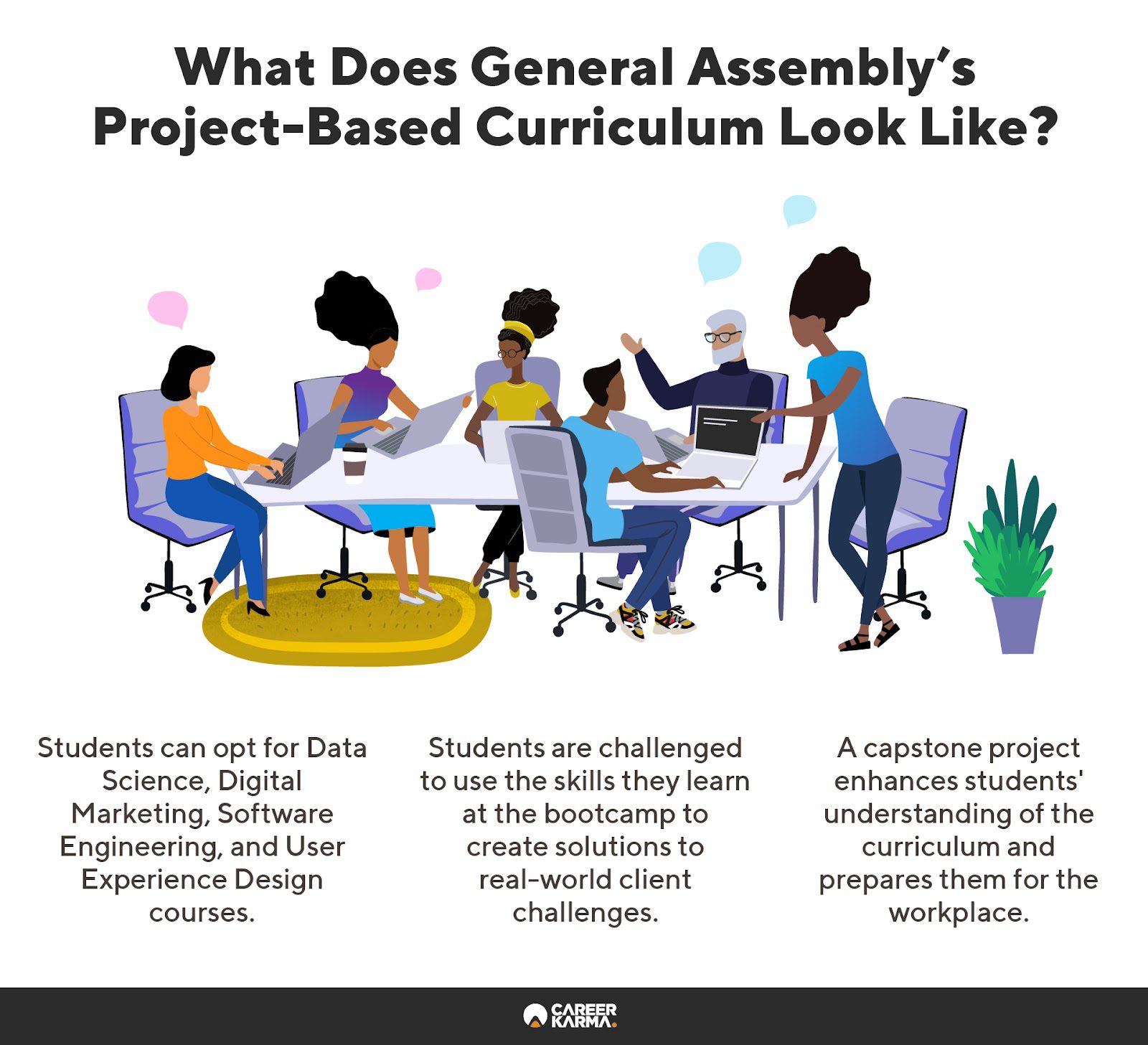
What makes General Assembly a trusted tech bootcamp for over 10 years is its solid commitment to equipping aspiring tech professionals with relevant skills and a future-forward mindset. The result? An army of industry experts making a positive impact across the globe.
If they can do it, so can you! Start your tech journey and find the right General Assembly course for you.
About us: Career Karma is a platform designed to help job seekers find, research, and connect with job training programs to advance their careers. Learn about the CK publication.




